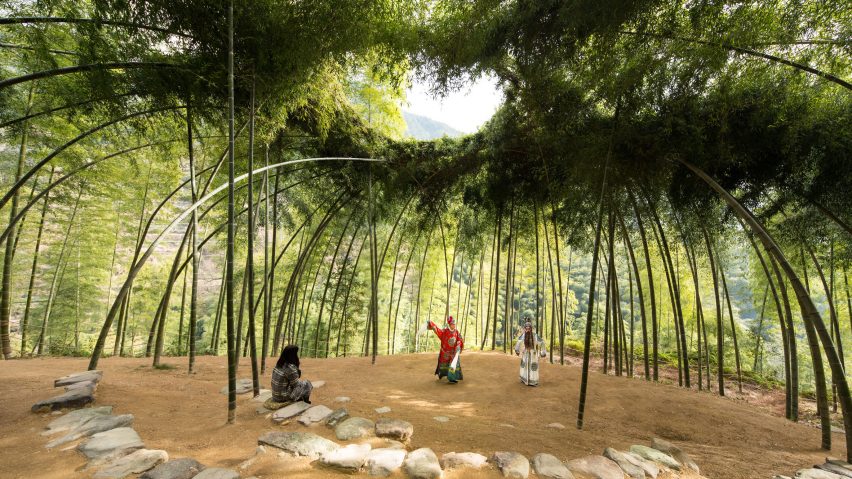
Cooper Hewitt Design Triennial to tackle climate change "emergency"
There has never been a more critical time for design exhibitions focused on climate change, says Cooper Hewitt director Caroline Baumann, ahead of the museum's Nature triennial that will show "how designers can save the planet".
The major exhibition at New York's Cooper Hewitt Smithsonian Design Museum, organised with and on view simultaneously at the Cube design museum in the Netherlands, will present works that offer both low- and high-tech solutions to the human-induced problems faced by our world today.
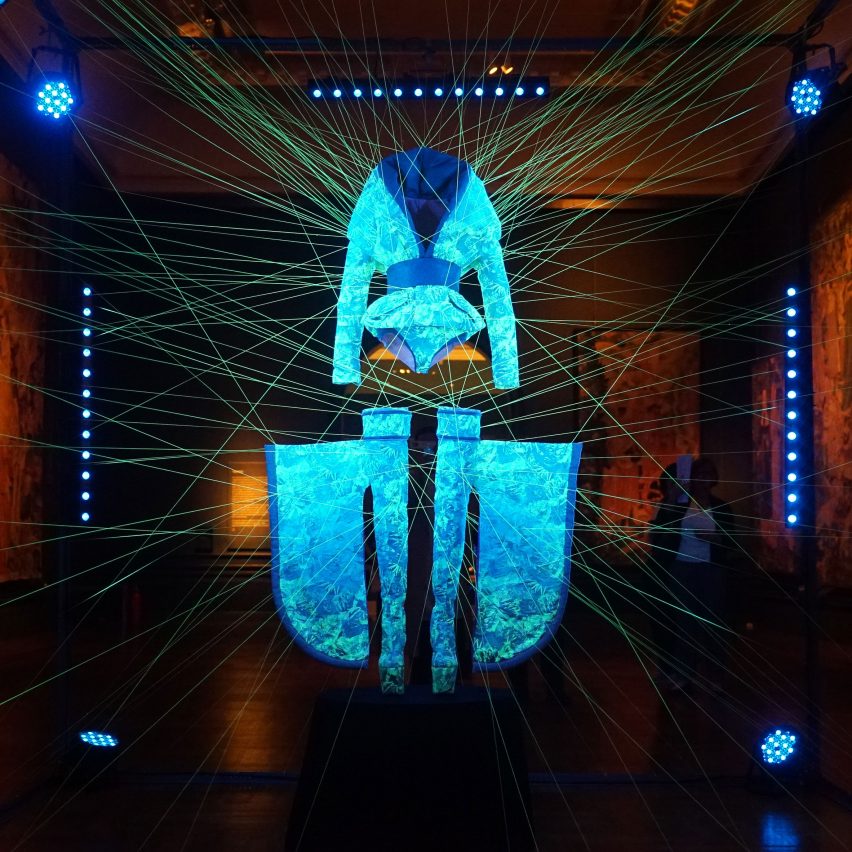
Given the recent report issued by the United Nations, which called for "unprecedented and urgent action" to limit global warming, Baumann told Dezeen that the theme and timing could not be more pertinent.
"This is an emergency, as far as we're concerned," she said. "We were already working on the exhibition, but hearing [the UN's] prediction for the future made it more prescient."
Triennial to present wide range of sustainable projects
From May 2019, the Cooper Hewitt's sixth design triennial will take over two floors and the garden of the Fifth Avenue museum, and include 62 projects from designers around the world – with the majority dedicated to climate change. The cross-disciplinary works will include open-source ideas, material experiments, sophisticated biological concepts, and tried-and-tested products that could all help to solve pressing global issues.
"This triennial is showing how designers can make that change, and make the shift," said Baumann. "How they can save the planet, basically."
"The whole place will be vibrating with the message of the importance of nature and design weaving together, as well as collaboration," she continued. "These aren't just designers' projects, as you can imagine. Biologists, scientists, all sorts of people coming together in teams to reimagine our approach to the natural world."
Alongside the exhibition, the Cooper Hewitt is organising programmes for all ages, to raise awareness across the broadest demographic possible. Design competitions for youngsters, cocktail events with performances, and a variety of conversations will all aim to hit home the message about climate change – before it is too late.
"There's an urgency for sure," said Baumann, who also recently spoke about inclusive design at the World Economic Forum in Davos. "This is also an effort to educate, in a very significant way. It takes the community to really think about it."
Climate change a hot topic at design museums
The Cooper Hewitt's triennial is one of several major exhibitions to confront the alarming issue of climate change this year. The Triennale di Milano – titled Broken Nature and curated by MoMA's Paola Antonelli – opens next week and tackles the same theme. Antonelli told Dezeen that "we don't have the power to stop our extinction" due to environmental breakdown, but that we can design a "beautiful ending" for ourselves.
Later in 2019, London's Royal Academy will host the Eco-Visionaries exhibit that debuted at Lisbon's MAAT last year. This will similarly present creative visions for our changing climate.
"I don't see it as a conflict at all that they're all popping up at the same time," Baumann said. "It allows us to really scream from the mountain tops and get people's attention."
"We do see trends, with robotics shows, and tech shows, and you see those trends exhibited in past triennials," she added. "But there could not be a more perfect theme for this spring."

Nature – Cooper Hewitt Design Triennial runs 10 May 2019 to 20 January 2020 at 2 East 91st Street, New York City, concurrent with the Cube design museum in Kerkrade, Netherlands.
Read on for an edited version of the transcript from our interview with Caroline Baumann:
Dan Howarth: Can you give me an overview of the triennial, and its focus on nature and climate change?
Caroline Baumann: This is the sixth iteration of the triennial. It's our most popular exhibition, taking the pulse of what's hot in design today – so exactly what we're talking about. What I love about this triennial is showing how designers can make that change, and make the shift. How they can save the planet, basically, from low-tech to high-tech.
We're taking over nearly the entire museum, with 62 projects – many of them dedicated to climate change. The whole place will be vibrating with the message of the importance of nature and design weaving together, as well as collaboration. These aren't just designers' projects, as you can imagine. Biologists, scientists, all sorts of people coming together in teams to reimagine our approach to the natural world.
Dan Howarth: How important is this topic for the design community?
Caroline Baumann: This is an emergency, as far as we're concerned. Given the UN news, just a couple of months ago – we were already working on the exhibition, but hearing their prediction for the future made it more prescient.
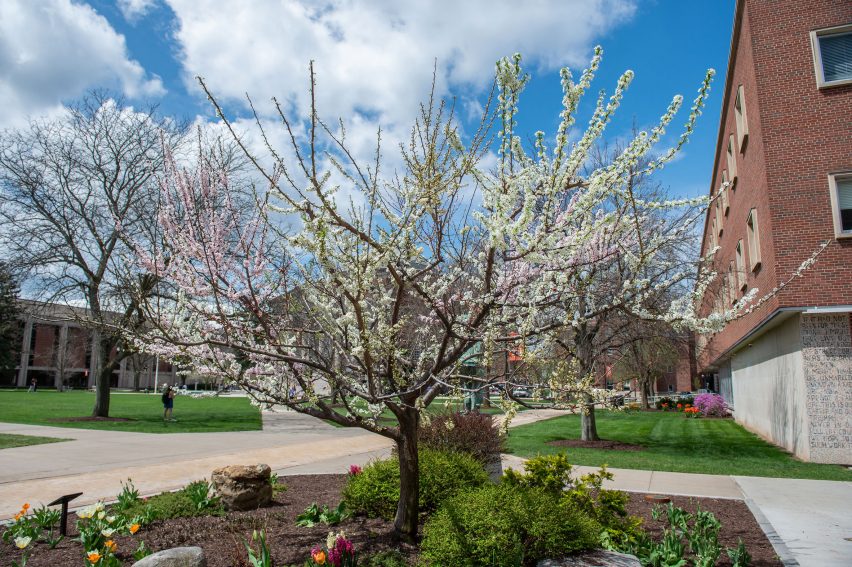
Dan Howarth: Can you give some examples of projects in the exhibition that are doing just that?
Caroline Baumann: One of my favourite projects, something on the low-tech side, is the Warka Water tower. It was first installed in Ethiopia, and it's based on an endangered tree called the warka tree – a fig tree. Community members traditionally sit under the warka tree because it provides such prodigious shade.
The architect [Arturo Vittori] came up with this system, which collects water – but not only rainwater, dew, fog... It's a beautiful expression of taking what's coming from our skies and using it. So that's saving all of those community members that inevitable trek to get potable water. I think it's 25 gallons a day that they can secure from this beautiful tower.
There's several examples of low tech, so that people don't think "oh well all of these things are so high-tech driven". But there's also things like controlled environment agriculture. We're working a lot with MIT Media Lab – Neri Oxman's cellulose- and plant-based pavilion, which she'll be building in the great hall.
We also want people to get involved and make change
There is something that will be extraordinary in our garden, which is Sam Van Atkins' Tree of 40 Fruits. This is not just a playful thing, he uses centuries-old grafting techniques to combine multiple fruits in a single tree, preserving dozens of heirloom and rare fruit varieties. It blooms into this gorgeous array of colour, but it's also saving some of these fruits that are dying. It's a whole way of looking at the natural environment, seeing what would no longer be existing if the human hand and mind don't get involved.
Then on the second floor – which is always showing our permanent collection – it was a great opportunity to take things out, like Frederic Church's beautiful oil sketches of the icebergs. So continuing the message, but from a different perspective.
Dan Howarth: So many design exhibitions with a similar theme are taking place this year. Has it become a duty of major institutions to highlight this topic?
Caroline Baumann: Design will change things, as far as we're concerned. I don't see it as a conflict at all that they're all popping up at the same time. It allows us to really scream from the mountain tops and get people's attention. Yes we want people to be inspired, and to learn about these projects, but we also want people to get involved and make change.
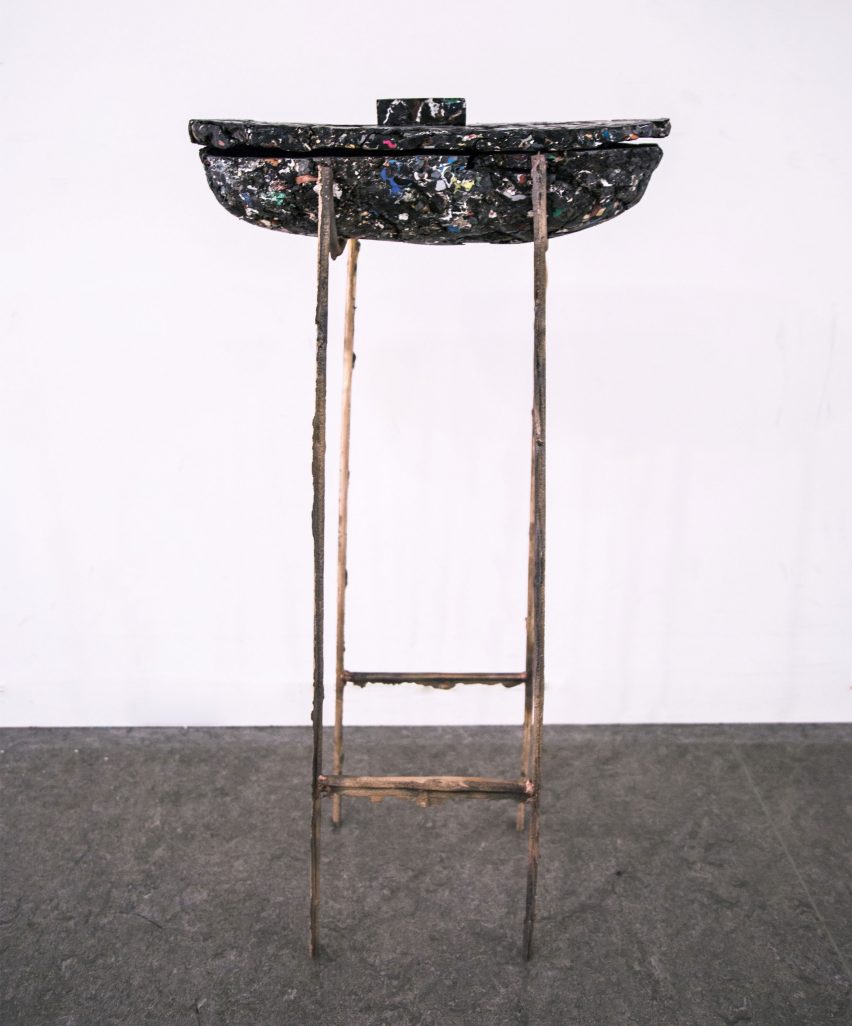
Dan Howarth: The more it's talked about, the better, from the perspective of anyone who has a vested interest in our planet's future.
Caroline Baumann: Exactly. We do see trends, with robotics shows, and tech shows, and you see those trends exhibited in past triennials. But there could not be a more perfect theme for this spring, and I'm very glad that it's on for many months, and not just a two-and-a-half-month explosion, so that tourists from across the globe can come and enjoy the show.
Dan Howarth: Does the triennial theme go beyond the exhibition? What else are you doing?
Caroline Baumann: As usual, we'll share everything online so that people who can't come to New York or the Netherlands can also be empowered by these themes. We're doing a beautiful book. We're really trying to get this out in every form possible.
Then teaching the younger generation about this, so they can start thinking along these lines. Our Teen Design Competition is all around design and nature, and asking the kids to share with us their ideas around saving the planet. So we're really communicating this on all levels.
Little gestures can make a difference
And, Cocktails at Cooper Hewitt is something that has grown in excitement and popularity over the years. A couple of years ago, I wanted to add performance. I want people to enjoy drinks in the garden, but I also want them to realise that everything is design. So we've tasked the performers this year, and chosen performers based on if they've done work on the subject of nature, so whether they're dancers or musicians, the whole theme will be nature.
When I talk about really inhaling and exhaling with this theme, it's taken very very seriously. Our design journal will most probably not be printed this season. It's all about nature and the collaborations that people are working on, so we're thinking about doing the whole thing online. To show that little gestures can make a difference.
Dan Howarth: And that if everyone makes these gestures, the cumulative effect could be huge.
Caroline Baumann: That's right. And I think the question is: what does that mean? How can a 13 year old dive in, how can an 83 year old dive in? How can people really have a voice in complaining to their coffee shop or their salad bar that they're using plastic covers? If together we're a louder voice, we can make a change.
The Ocean Cleanup is a project that really inspires me. Especially since it was conceived when [founder Boyan Slat] was very young, and now it's grown into this global effort, and getting so much plastic out of the ocean. It's extraordinary.
Then looking at what Neri Oxman is doing, coming up with whole new materials. It's what we should be doing.
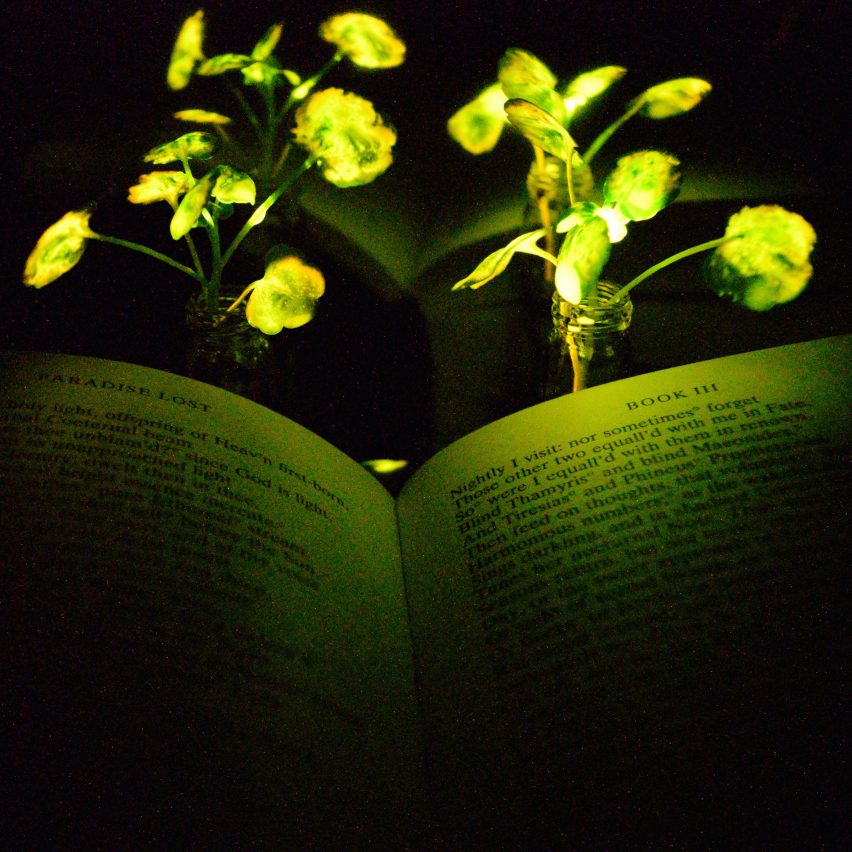
Dan Howarth: There are so many issues that need solving, and things are only getting worse.
Caroline Baumann: There's an urgency for sure, and particularly, I think other European countries are ahead of us. So this is also an effort to educate, in a very significant way. It takes the community to really think about it.
Dan Howarth: What is the museum doing as an organisation to set an example in sustainability?
Caroline Baumann: Here at Cooper Hewitt, we encourage that there's no plastic in the building. If you're drinking something at lunch, please don't bring it back into the building. All of our public programmes, we have reusable bottles. Little gesture, after little gesture, after little gesture will educate and get people to follow – we hope.
There's always work to do. The design museum needs to evolve every day, with the world's evolution. So that's our number one challenge: staying on top of what's going on and making sure those conversations are happening.
Dan Howarth: It sounds like the message you're putting out with the triennial is not all doom and gloom, it's about how issues can be solved.
Caroline Baumann: We're always optimistic. We're going to put the problem on the table, and show how the problem is being dissected by all of these collaborative teams. I'm very confident that all of the 65 projects have optimism built into them. The possibility around these projects – a lot of them are experiments. It's pretty fascinating.